How Taras Shevchenko became a star: learn Past Simple in English
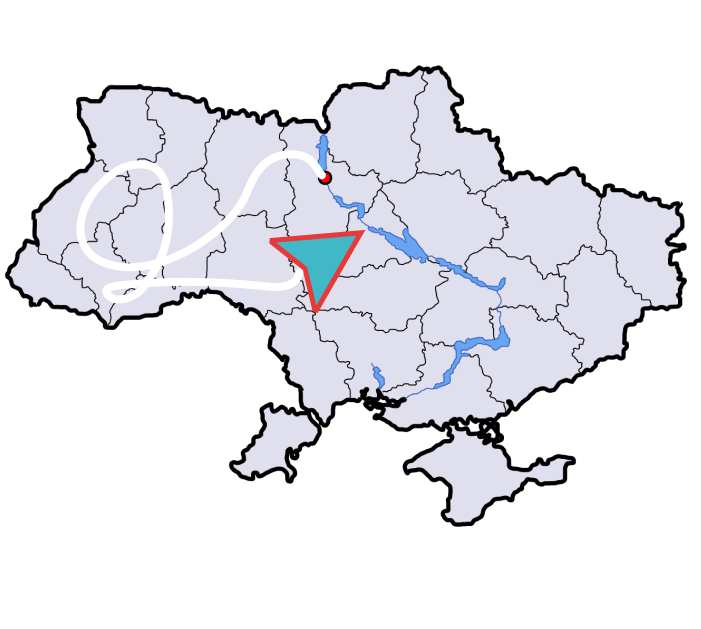
About course
Why not try learning English with Taras Shevchenko? He would definitely approve of the desire to "learn from others and not shy away from one's own." So, if you want to learn more about our beloved Kobzar and at the same time learn new English words and practice grammar - then the course How Taras Shevchenko Became a Star will suit you best.
We created this course in collaboration with the agency Green Penguin Media and the animation publishing house Books&Cartoons as part of the "Travel Book. Ukraine".
The course contains an educational video in English, from which you will learn various interesting facts about the path of Taras Shevchenko. The course also includes an analysis of the Past Simple grammar topic and interactive exercises for learning new vocabulary.
booyya - learn from foreigners to talk about your own
-
Level: Intermediate
-
25 minutes
- 2 lessons
-
12 tasks
-
Teacher's language: English
-
Interactive exercises
-
Video
Course program
2 LESSONS
Lesson 1
Educational video
You will get acquainted with new vocabulary and practice listening to English
Tasks
Tasks are aimed at consolidating new vocabulary
Lesson 2
Grammar
Table with grammar rules
Tasks
Tasks for practicing and learning past narrative tenses
Who is this course for
This course is for those who want to be able to tell the story of Taras Shevchenko in English.
You will like this course if you want to learn new and exciting things and at the same time improve your English.
The course about Taras Shevchenko in English is designed for those who lack vocabulary when talking to foreigners about the history of Ukraine.
The course is designed for an average or confident initial level of English.
What will you get after the course
After this course, you will be able to tell your friends in English what kind of tea Taras Shevchenko liked, where he came from, and what path he overcame to be called the main Kobzar of Ukraine. You will also learn the Present Simple narrative tense and new words on Ukrainian history.
-
Level: Intermediate
-
25 minutes
- 2 lessons
-
12 tasks
-
Teacher's language: English
-
Interactive exercises
-
Video
Past Simple is a tense that allows you to describe past events or things that once existed. You'll need it to talk about the year and place of your birth, or what you did during your school or university years. Or even about your morning adventures. As you can see, without understanding this tense, it's almost impossible to communicate in English. So, we invite you to fill this gap in your knowledge and get acquainted with another section of English grammar, and as a bonus, learn a few new useful words.
Past Simple: rules and nuances of the tense
First of all, we suggest familiarizing yourself with the sentence structure in the Past Simple tense – this will help you recognize it in writing and speech.
|
Part of the Sentence |
Nuances of use in Past Simple in English |
|
Verb 'to be' |
Changes to "was" or "were" depending on the subject. |
|
Main Verb |
Add the universal ending "-ed". If the verb is irregular, use its second form (e.g., "choose" – "chose"). |
|
Auxiliary 'do' |
Changes to "did". According to the Past Simple grammar, this particle appears in negative ("did not," "didn't") and interrogative (placed at the beginning) sentences. If "did" appears in a sentence, the main verb is used in its infinitive form. |
And here is an example of a sentence in the Past Simple tense to better understand its construction rules:
-
I was in Sweden 3 years ago.
-
Miya wove a beautiful hammock in boho style.
-
Artem translated this famous novel into Ukrainian.
-
I didn’t study at a medical university.
-
Did you go to the presentation yesterday?
Let's pay extra attention to negative sentences. As you may have noticed in our examples, they are usually constructed using the "didn’t" structure. However, the variants "wasn’t" and "weren’t" can also be used:
-
I wasn’t in Sweden 3 years ago.
When to use the Past Simple tense in English
We understand that the phrase "describes past events" alone does not provide clarity on when exactly the Past Simple tense is necessary. Since the English language has four past tenses, it's important to highlight the cases where it is appropriate to use the Simple tense:
-
Events whose beginning and end occurred in the past. Often, a specific time is mentioned in such cases – yesterday, 3 years ago. Usually, these are short actions, such as a temporary job in a cafe.
-
A sequence of events that occurred in our or someone else's life. For example: "I ate, changed clothes, and then went to the pool."
-
Description of a process that started and ended in the past. For example, the construction and rules of the Past Simple tense need to be recalled in the sentence: "I practiced yoga for three years."
-
Talking about former habits. It's important to emphasize that this is a repetitive action. For example: "In childhood, I often attended extra painting classes."
-
Describing events that can no longer happen. For example, you can no longer win a school olympiad because you are no longer a student. Therefore, you should talk about this using the Past Simple.
Regular and Irregular Verbs
One of the challenging aspects of forming sentences in this tense in English is the need to know the forms of irregular verbs. Let's remind you that these are words that can partially or completely change their form depending on the tense. And while for regular verbs in the past we simply add the "-ed" ending, when encountering irregular verbs, you need to recall their second form. To do this, you need to study the table of irregular verbs, as there is no logic to forming such forms.
How to confidently use the Past Simple tense in English
Without understanding the grammatical nuances of this tense, you won't be able to talk about your own history (events from yesterday or 10 years ago) or the history of your country. To help you with this, we have added a new course on Booyya about the Past Simple and the rules for constructing sentences in this tense.
We assure you, our course is interesting and engaging. First, we'll introduce you to the incredible life story of the Ukrainian Kobzar, as well as a small amount of basic English words. Only then will we move on to grammar – we'll look at the nuances and constructions of this tense. All complex rules are organized in a table to make them easier for you to understand, remember, and quickly review later.
Our course on the Past Simple tense in English consists of just 2 short interactive lessons that will help you:
-
Learn important vocabulary that will be useful for telling stories and describing events in chronological order;
-
Practice listening comprehension in English, as the story about Taras Shevchenko is presented in a video;
-
Reinforce new vocabulary and grammatical rules through interactive exercises;
-
Create your own story about your favorite writer or musician (or about yourself).
To better and more deeply assimilate the new information, we recommend periodically revisiting the main sections of the course – vocabulary and the grammar table. This will help you remember the words even better and never confuse this tense with the present or future ones.
The course is ideal for students mastering the Intermediate level. The teacher's language here is English, but all tasks and instructions are adapted to the intermediate level of knowledge, so you will definitely understand all the rules. All materials are hosted on an interactive platform, allowing you to learn anytime and anywhere.
- access to all 208 English courses on the platform, except for the English PRO series
- 2 - 4 new courses every month
- exclusive access to SUBSCRIPTION ONLY courses
- access to the Smarte+ - smart online tool for English practice
- unlimited studying for the selected period
- access to self-study English plans
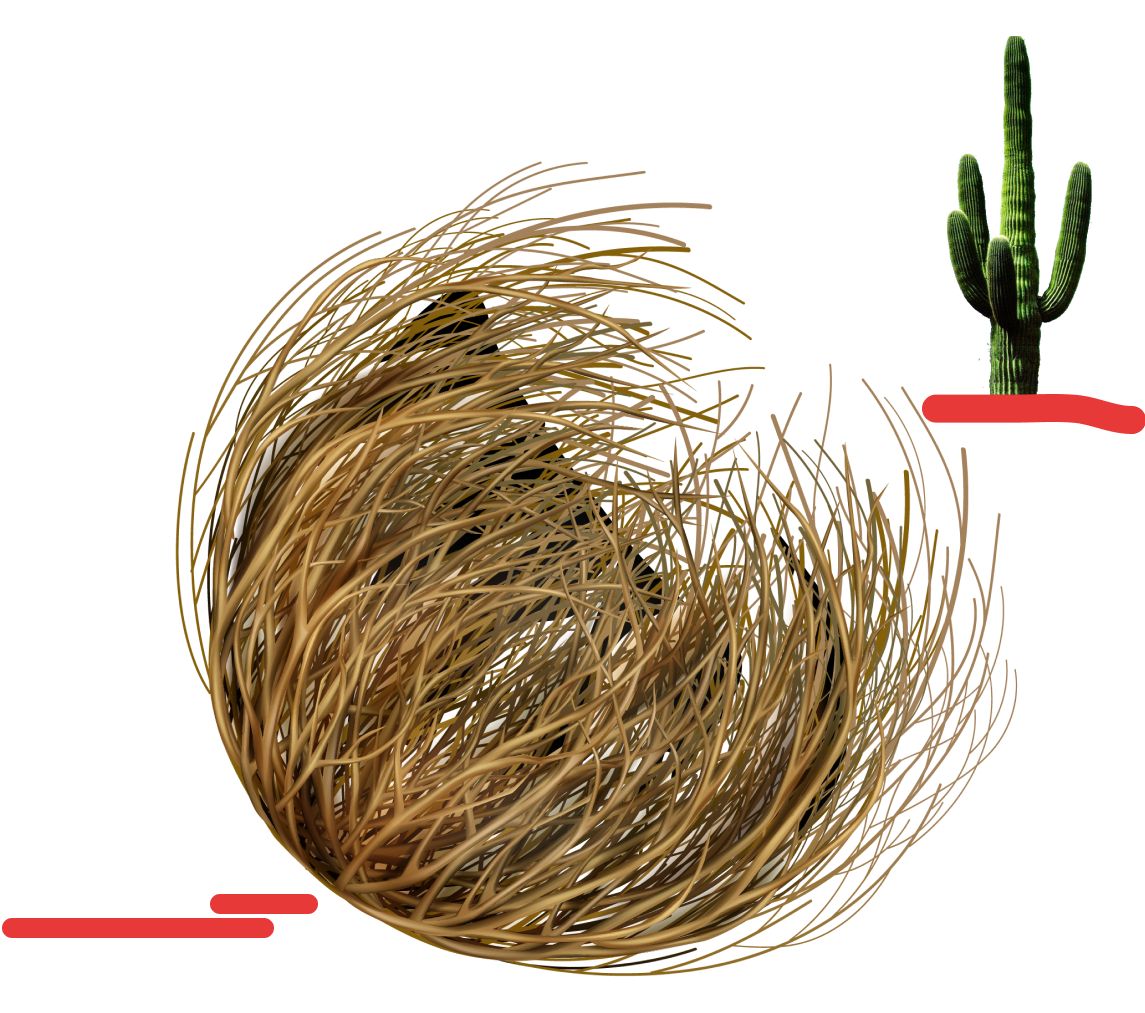










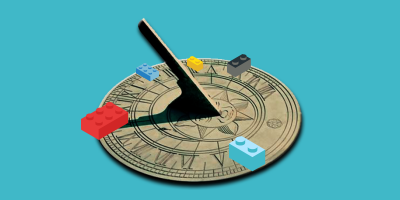


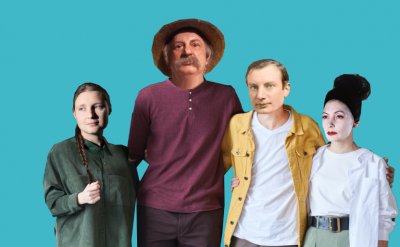









.png)
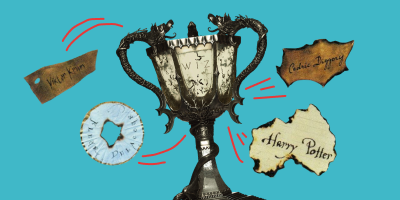
.png)

